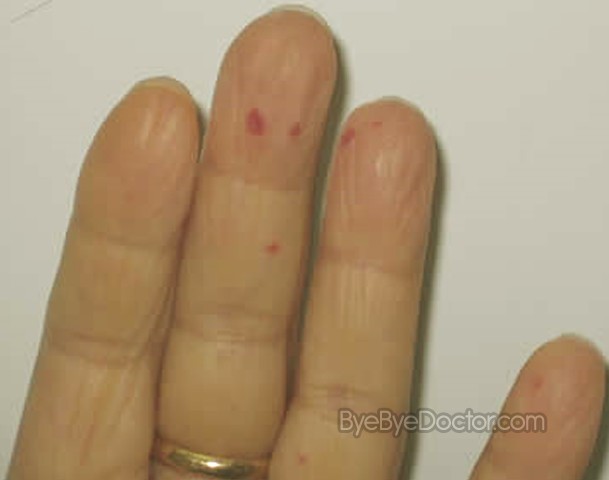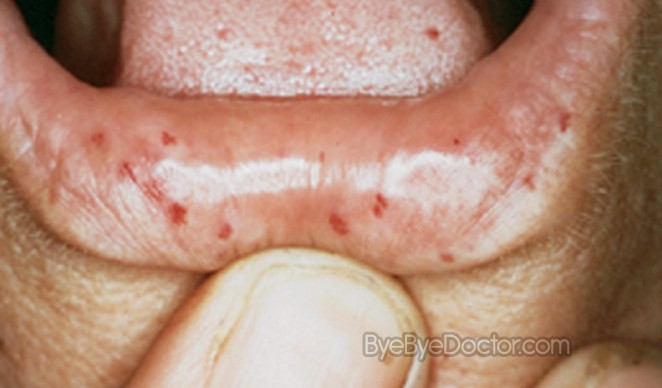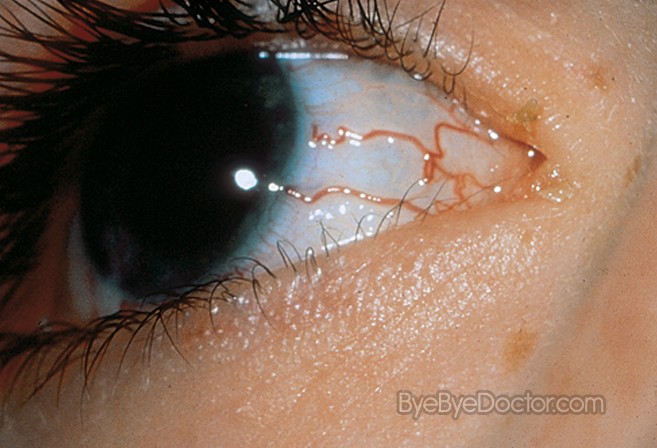What is Hereditary Hemorrhagic Telangiectasia?
This is a disorder which is genetic and is referred to as HTT. This condition creates atypical or abnormalities of the vessels in the blood system. The majority of the blood vessels in someone who has HHT are normal. But, a very small percentage of the vessels in the blood system in a person with HHT do have a specific kind of abnormality.
Blood vessels are the cylinder tubes which carry the blood thru out the body. There are 2 kinds of blood vessels – veins as well as arteries. Veins carry the blood which is under low pressure, to the heart. Arteries carry blood under pressure which is high thru out the body to all areas after the blood is pumped by the heart. No artery connects directly to a vein. These two types of vessels are usually connected to each other by even smaller blood vessels known as capillaries.
An individual with HHT has the propensity to develop blood vessels which do not have the capillaries linking vein and artery. What does this mean – that the arterial blood which is under high pressure will flow immediately into a vein without first needing to squeeze thru the very small capillaries. This area or place where the artery is connected directly to a vein is a site which is extremely fragile and can rupture easily and bleed. This abnormal blood vessel is referred to as a telangiectasis, when it involves small blood vessels. When it includes blood vessels which are large it is referred to as arteriovenous malformation. So, an AVM might be thought of as a big telangiectasia. The basic abnormality in the blood vessel is the same.
Telangiectases usually develops at the surface of the body such as the mucous membrane or the skin. AVMs tend to occur in internal organs of the body. The telangiectases which is plural for telangiectasia and AVMs of HHT normally occur in the skin of the face, nose, mouth as well as the hands and also the lining of the intestines and stomach, lungs, brain and liver. Currently it is not known the reason these atypical blood vessels occur in certain areas of the body and not in others.
Hereditary Hemorrhagic Telangiectasia Symptoms
There are several forms of HHT including Type 1, Type 2, Type 3 and juvenile polyposis/HTT syndrome. Individuals with Type 1 usually develop symptoms earlier than those with Type 2, as well as are more likely to have blood vessel abnormalities in the brain and the lungs. Type 2 and Type 3 are linked to a higher risk of involvement in the liver. Females are more likely than males to have vessel abnormalities in the lungs with Type 1 and are as well at a higher risk of liver involvement with both Type 1 and Type 2. Juvenile polyposis/HTT syndrome is a type which involves both AVM and the tendencies to develop growths or polyps in the gastrointestinal tract.
The nearly universal symptom in this disease is recurrent nosebleeds. These normally begin in childhood and it becomes worse with age. At the age of about 40, the condition stabilizes.
This list of possible problems related to HHT includes:
http://www.Symptoms-Causes-treatment.blogspot.com detect diseases at an early stage symptoms, and find out the causes and treatments best suited.
- Frequent nosebleeds in children
- Bleeding of the tongue, lips, nasal mucosa, face, ears, fingertips, nails, white of the eyes and skin
- GI bleeding with blood loss in stools
- Port wine stain
- Bleeding into the brain
- Brain seizures
- Small strokes which are unexplained
- Coughing up blood
- Shortness of breath
Hereditary Hemorrhagic Telangiectasia Diagnosis
Published in the year 2000, the Curacao criteria remain the basis of HHT clinical diagnosis:
- Recurrent, spontaneous nosebleeds
- Mucocutaneous telangiectases at characteristic sites for example fingertips, lips, oral mucosa, tongue
- Visceral AVMs for example gastrointestinal, pulmonary, hepatic, cerebral, or spinal
- Family history – 1st degree affected relative
- HHT unlikely = 0 or 1 criteria
- HHT possible = 2 criteria
- HHT definite = 3 or 4 criteria
When there is a family history but are no other criteria for HHT, the condition cannot be disqualified. Even with the nonexistence of any clinically obvious symptoms, the likelihood of HHT status in a first-degree relative of an HHT patient is:
- 50% at birth
- 22% at age 16
- 5% at age 40
- 1% at age 60
Hereditary Hemorrhagic Telangiectasia Treatment
Since HHT is a complicated disease to treat and manage, it is recommended that if possible the patient and family be treated at a multi-discipline center. Currently there are nine multi-discipline centers which are equipped for the management of HHT patients. Centers are located at:
- Medical College of Georgia
- Mayo Clinic
- University of California San Diego
- Oregon Health Sciences University
- University of Toronto
- University of Pennsylvania
- Yale University
- University of Utah
- Washington University St. Louis
Treatments can include:
- Blood transfusion
- Sclerotherapy
- Laser surgery
- Nasal Packing
- Electrocoagulation
- Sterotactic radiosurgery
- Endovascular embolization
- Estrogen Replacement Therapy
The most recommended medications for this condition are supplements to take orally for the prevention as well as treatment of iron deficiency. They include:
- Ferrous fumarate
- Ferrous gluconte
- Ferrous sulfate
- Carbonyl iron
- Polysaccharide-iron
Complications
- Severe bleeding
- Heart failure
- Pulmonary hypertension
- Shortness of breath
Prevention of HHT includes genetic counseling for any couples who want to have children but who have a history in the family of HHT.
Hereditary Hemorrhagic Telangiectasia Pictures



Hereditary Hemorrhagic Telangiectasia on eye


